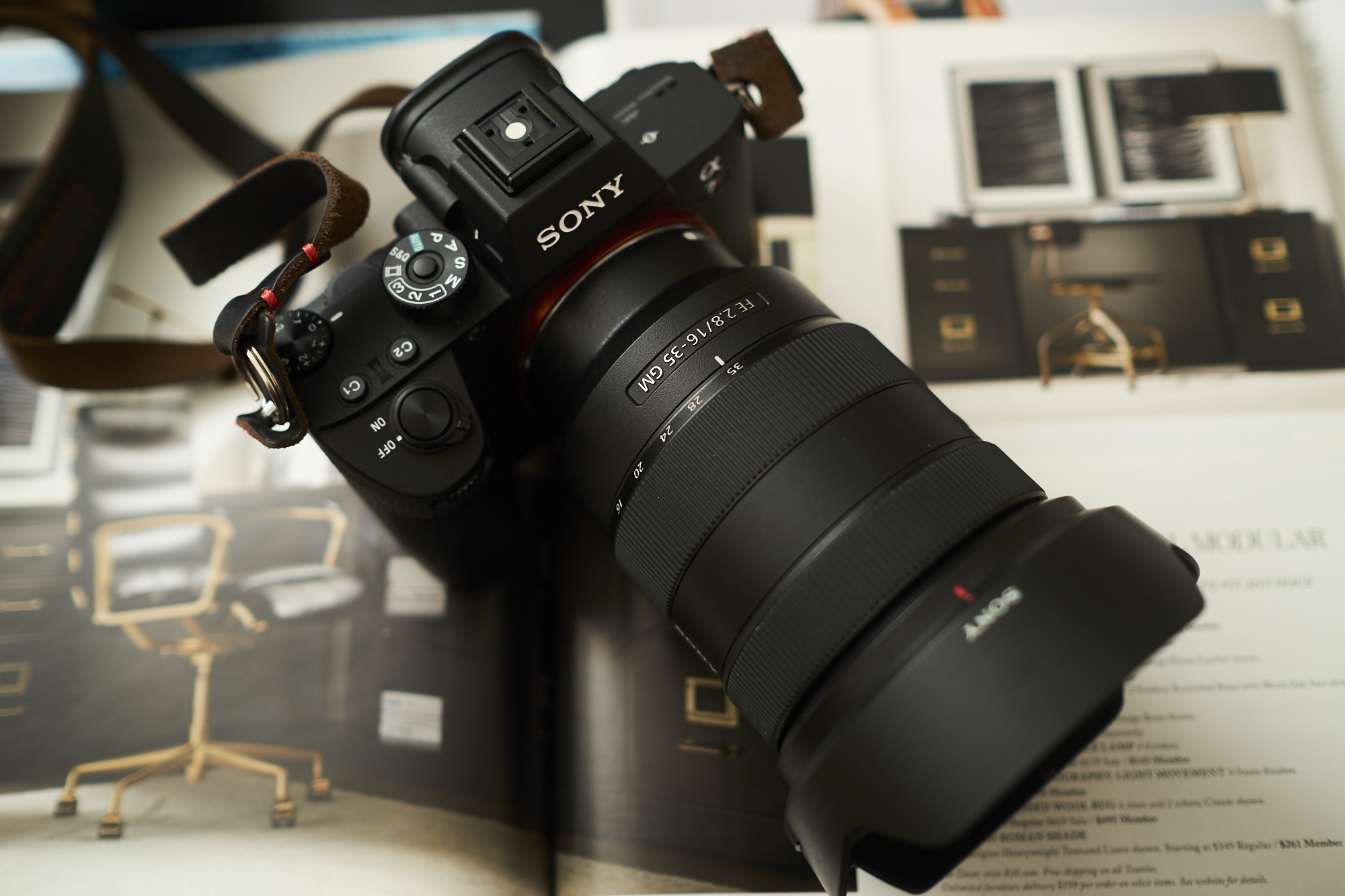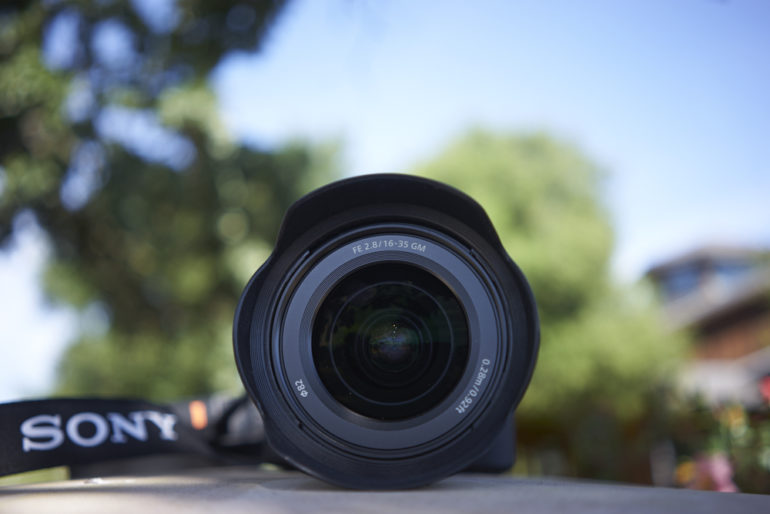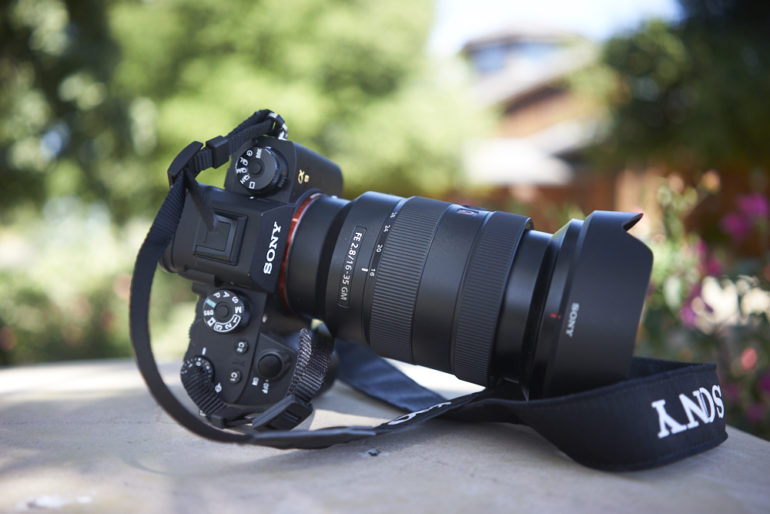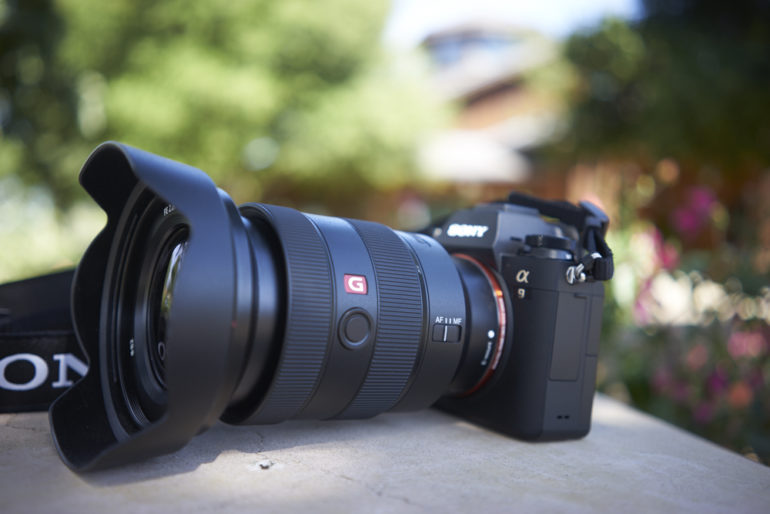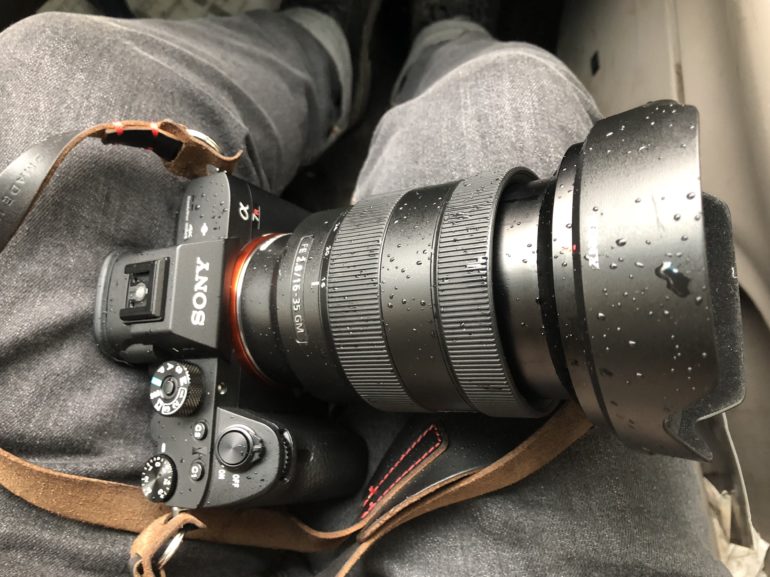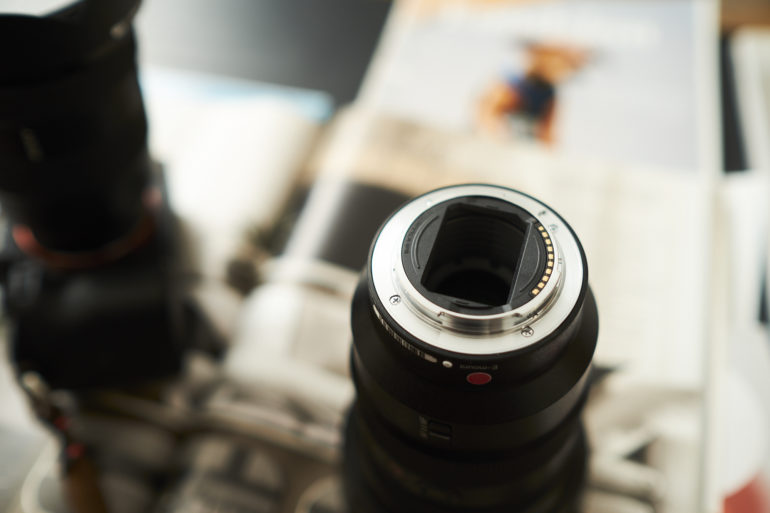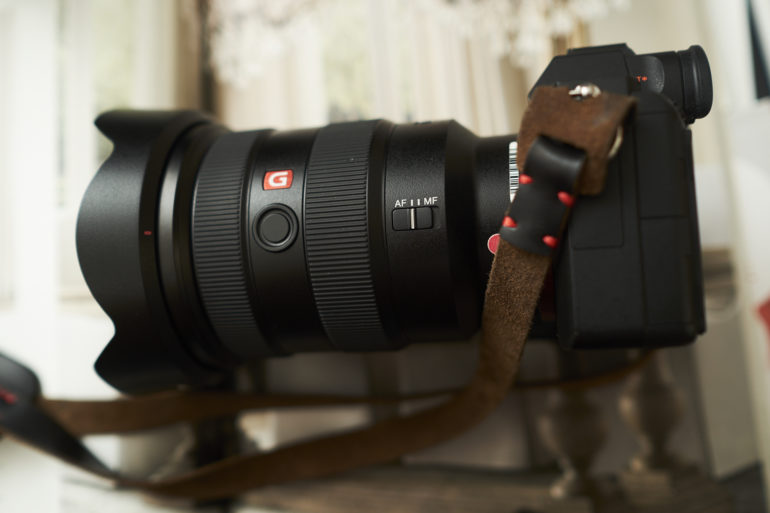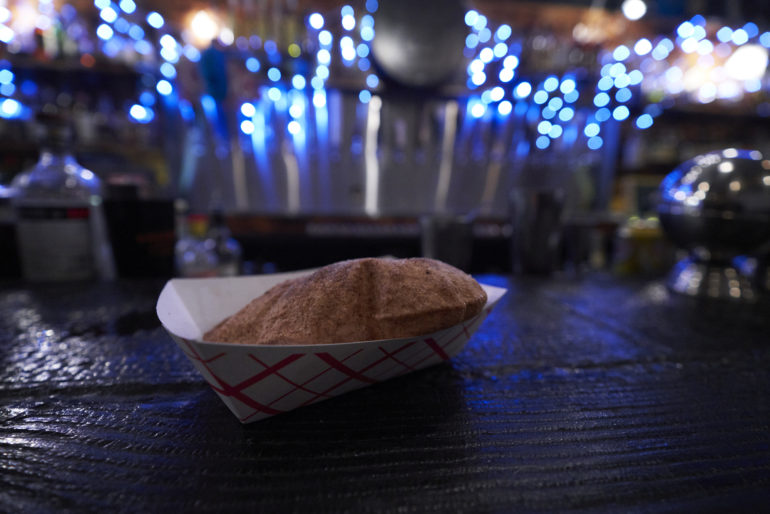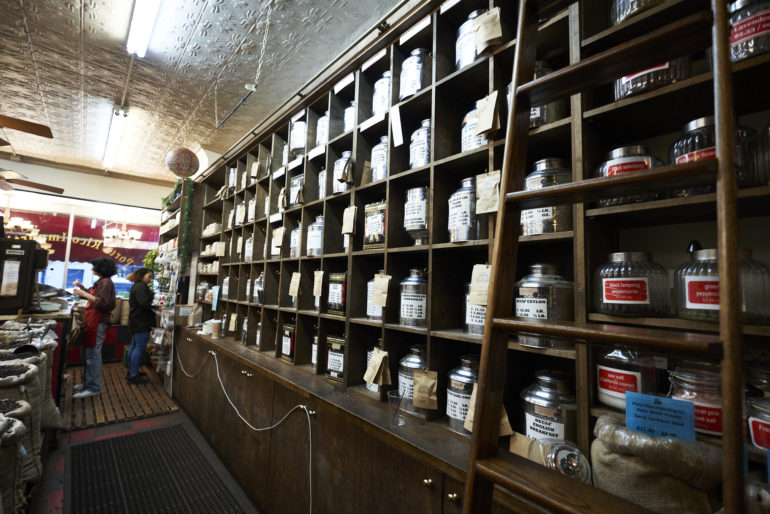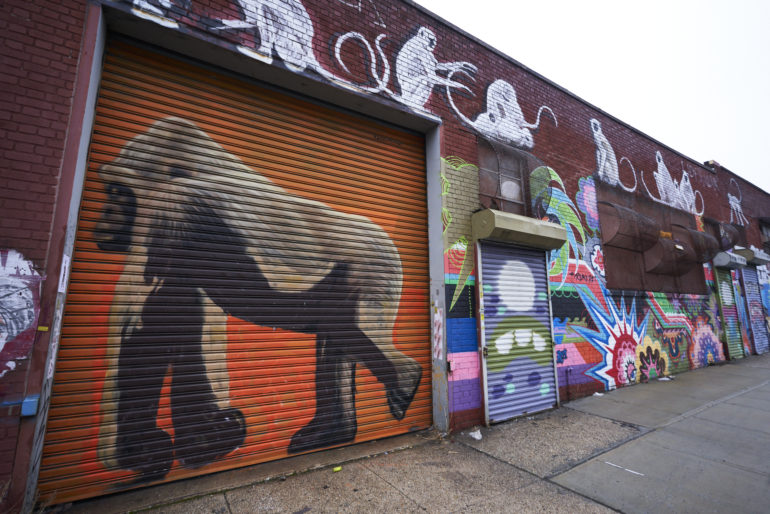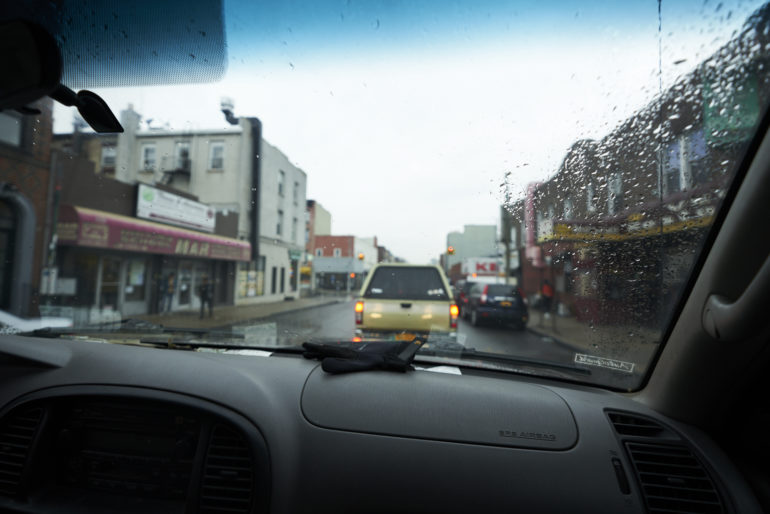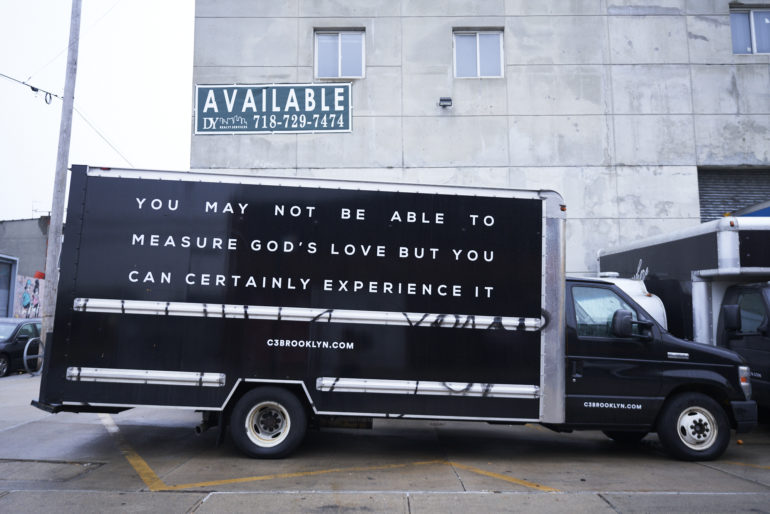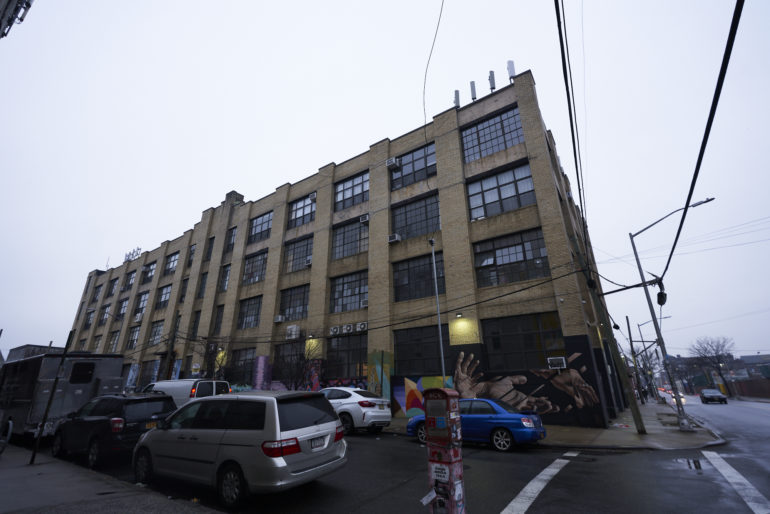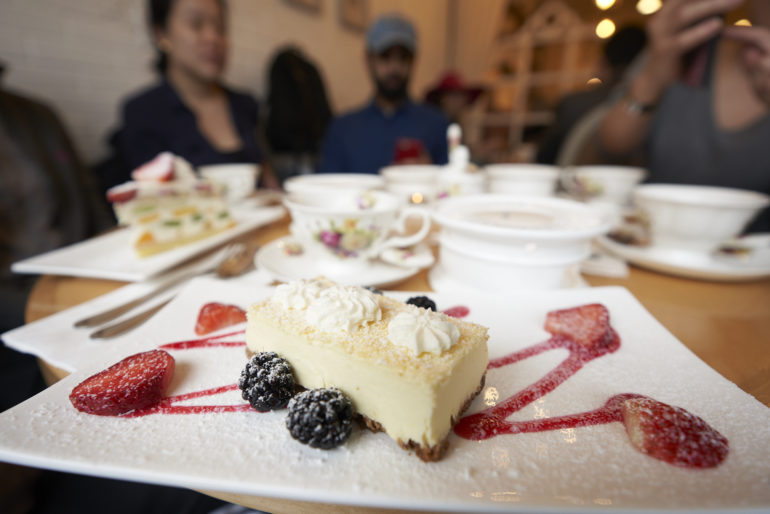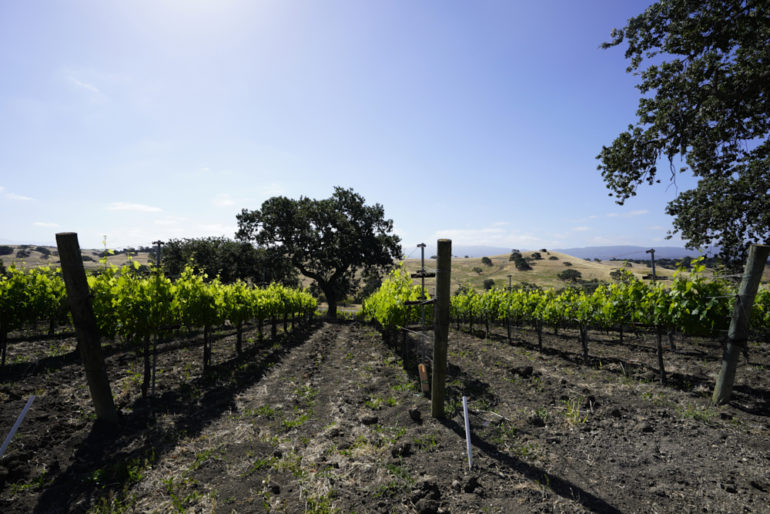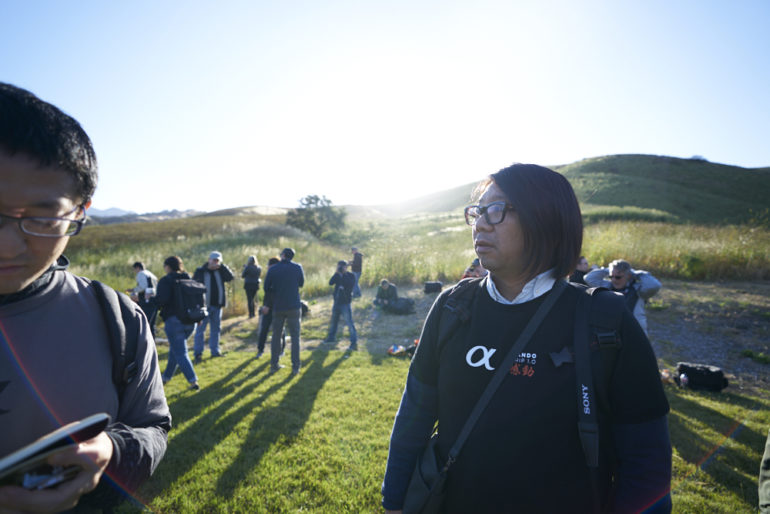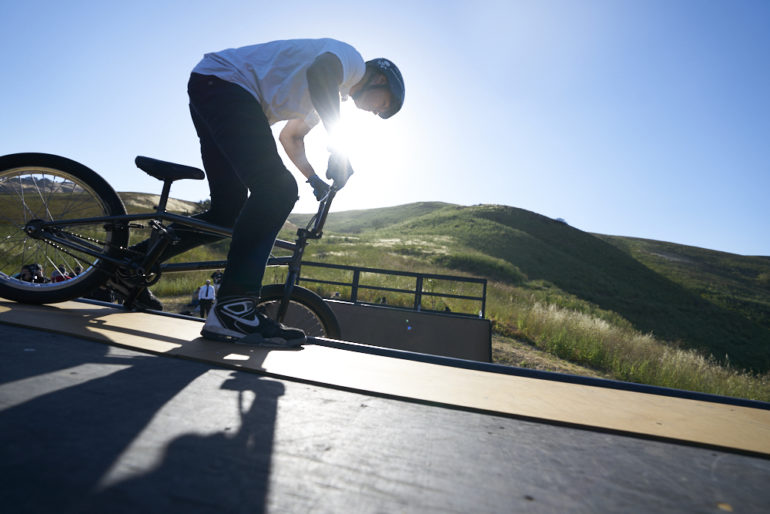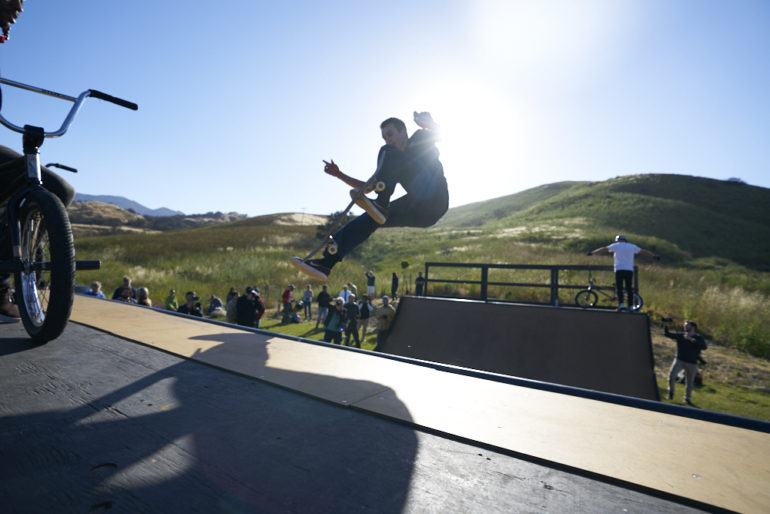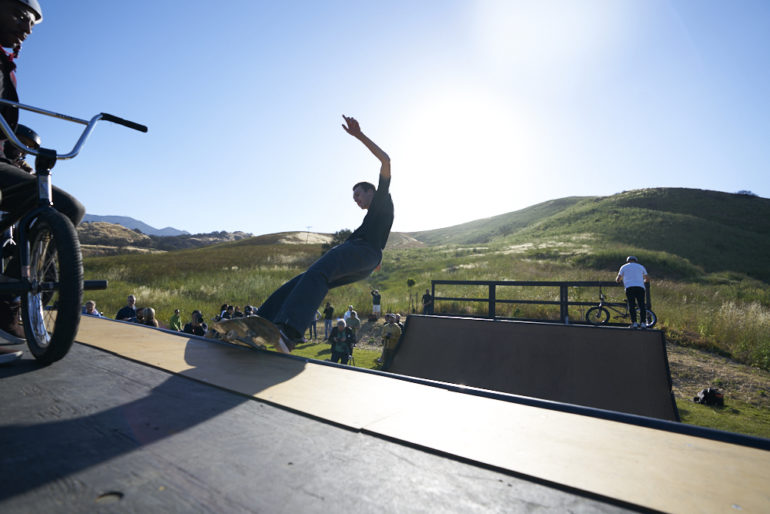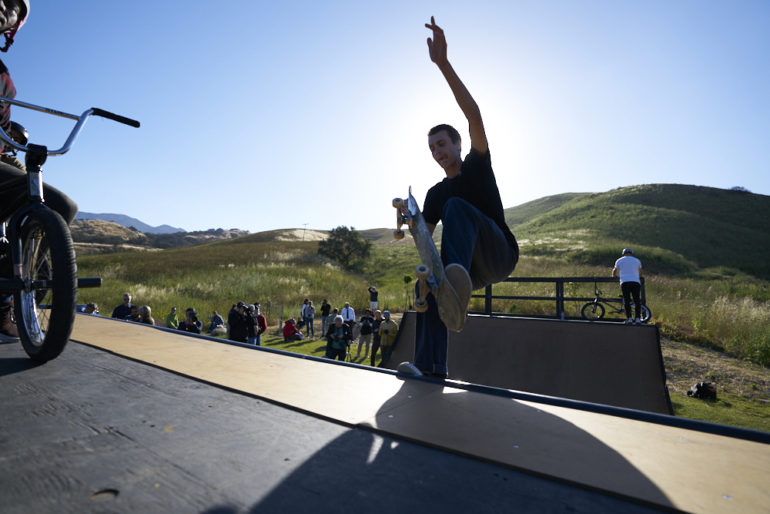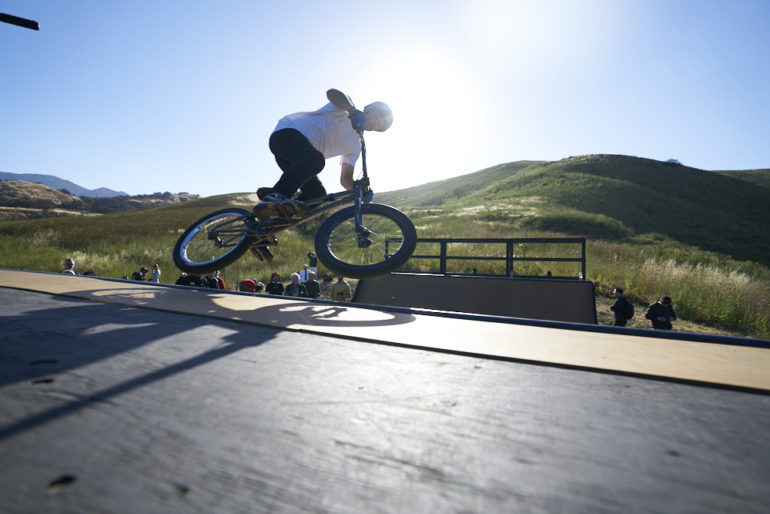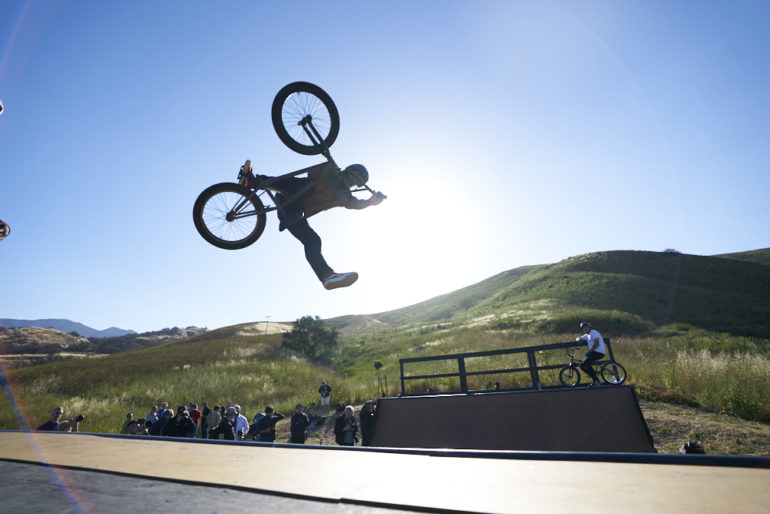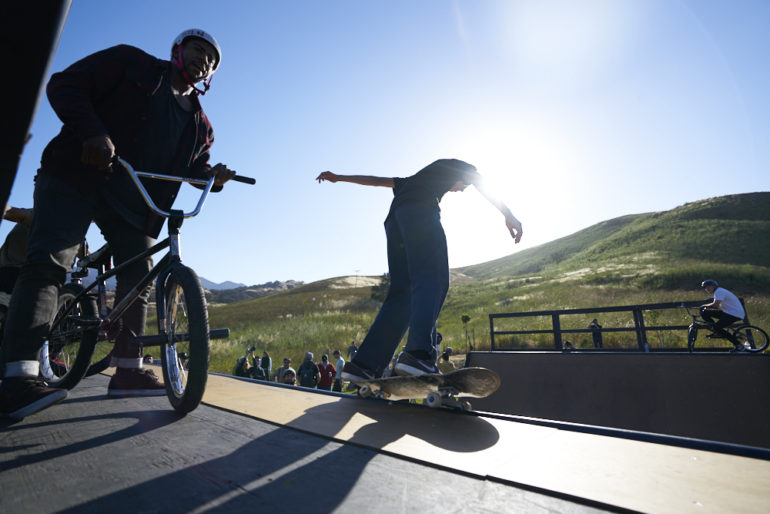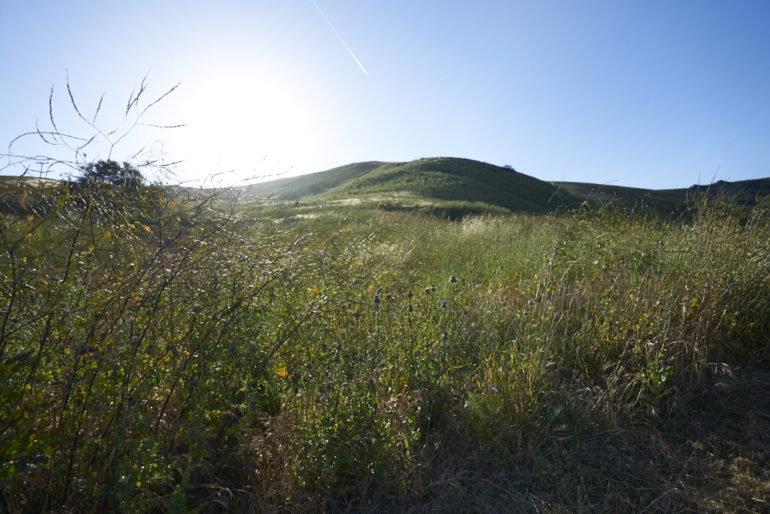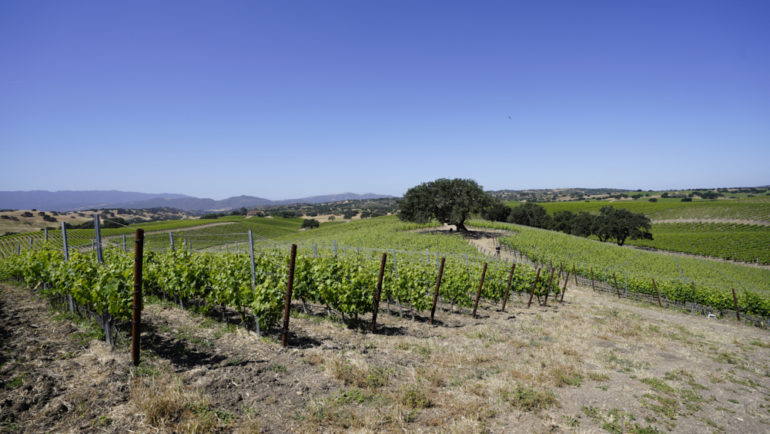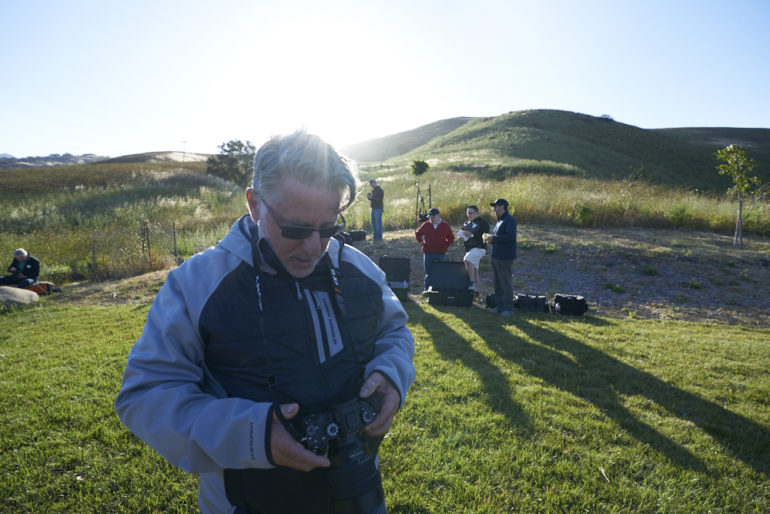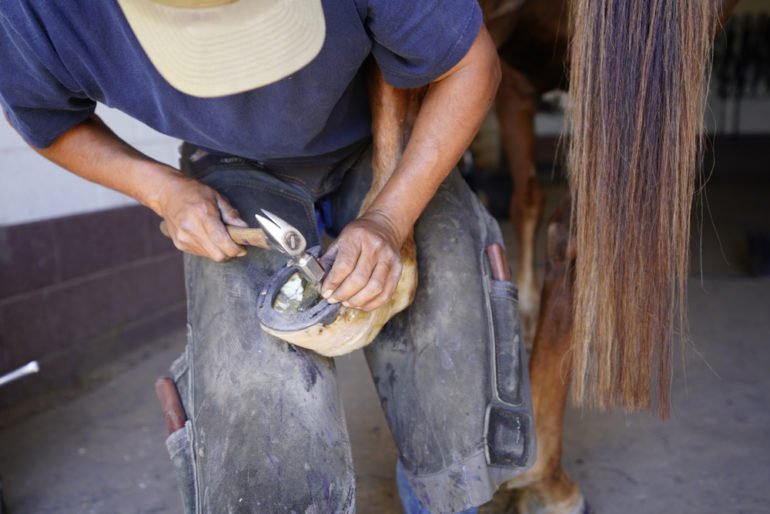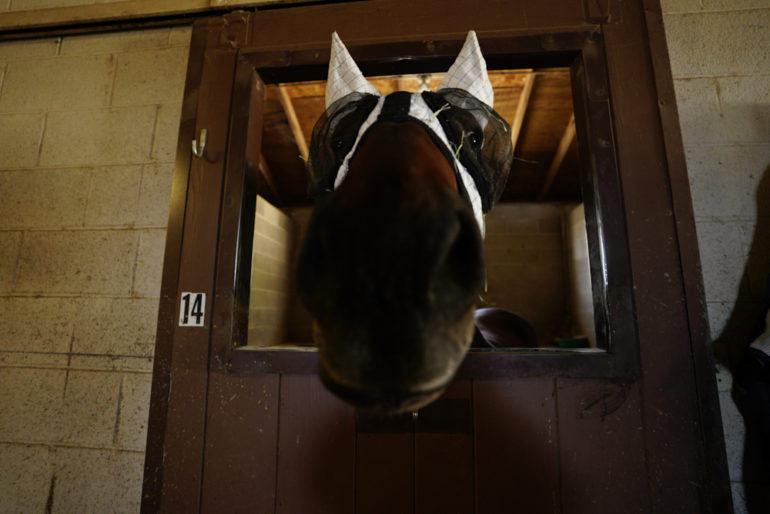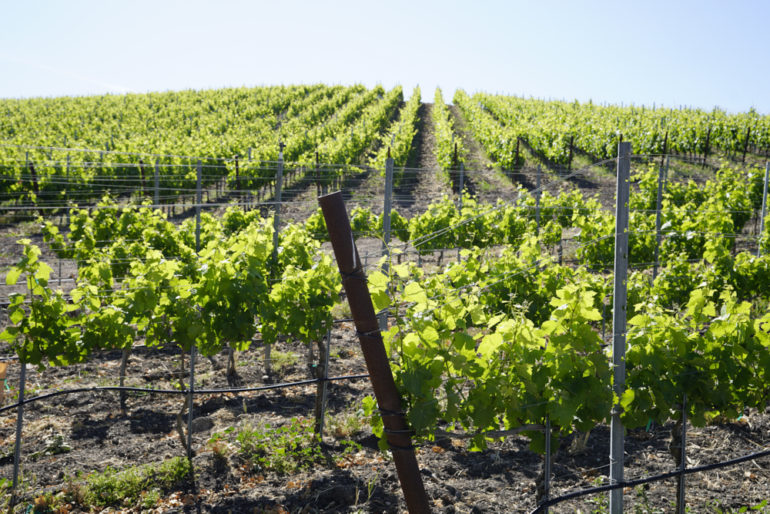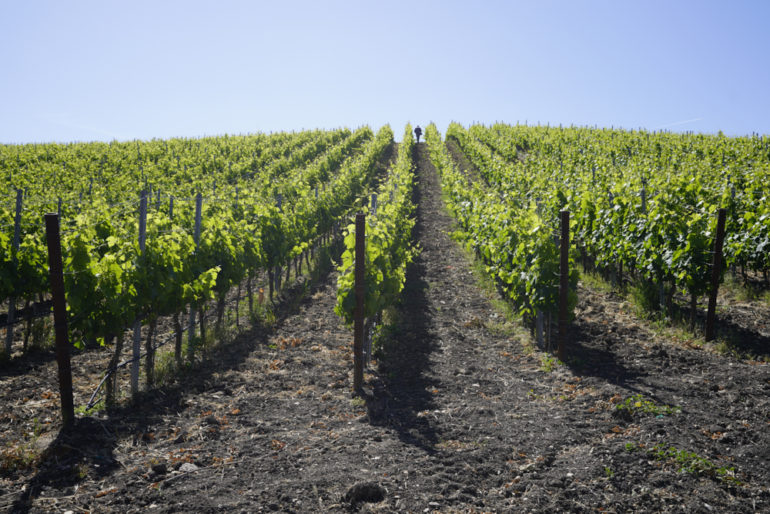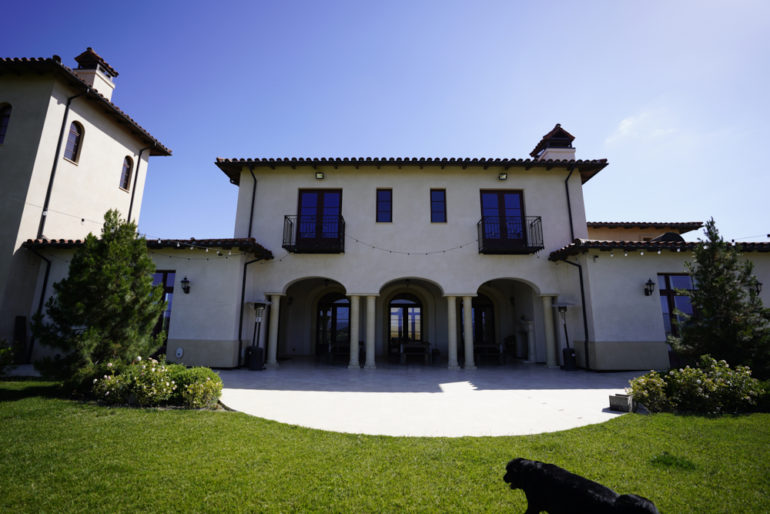Last Updated on 04/07/2018 by Mark Beckenbach
The Sony 16-35mm f2.8 G Master FE completes the Sony trinity of professional zoom lenses
Though the decision to make the Sony 16-35mm f2.8 G Master FE still sort of baffles me, I can’t deny it’s a very good lens for professional photography. When I think about wide angle f2.8 full frame zoom lenses I think of both the 16-35mm and the 14-24mm. And for the life of me, I’m not exactly sure why Sony chose 16-35mm. Could it be because they’re going after Canon? At this point, I’m not sure they need to. A 14-24mm would have rounded out their options very well. Nonetheless, Sony’s decision is their own, and the company made a lens that is very well worth being ranked amongst some of the best zoom lenses out there. With weather sealing and sharpness as paramount features here, the Sony 16-35mm f2.8 G Master FE is a fantastic lens for the professional photographer.
Pros and Cons
Pros
- Sharp image quality
- f2.8 is nice for low light situations
- Good autofocus, as expected from a wide angle lens
- Weather resistance
- Feels good in the hand
Cons
- Pretty darned expensive at $2,198
Gear Used
We tested the Sony 16-35mm f2.8 G Master FE lens with the Sony a7r III, Sony a7, and Adorama Orlit flashes.
Tech Specs
Key specs taken from DXOMark
- E-mount lens / Full-frame format
- Aperture range: f2.8 – f22
- Two ELD (Extra-Low Dispersion) elements
- Three aspherical and two XA elements
- Nano AR and fluorine coatings
- Direct-drive Supersonic Wave AF motors
- Eleven-blade circular diaphragm
- Dust- and moisture-resistant construction
- Weight: 680 grams
Ergonomics
When you look at the Sony 16-35mm f2.8 G Master FE lens you see it looks a whole lot like many other Sony lenses. The Sony 16-35mm f2.8 G Master FE lens has an 82mm front filter thread and doesn’t really need a filter to complete the weather sealing.
Look at the top of the lens and what you’ll spot is some of the branding. The design of the lens is characterized mostly by the two rings: one is for focusing and the other is obviously for zooming in and out. The lens externally zooms but not a crazy amount.
Head over to the side of the lens and you’ll see the single switch on the lens for AF/MF. Then there is the AF hold button.
Build Quality
If this image doesn’t show you that the Sony 16-35mm f2.8 G Master FE can stand up to the rain, then I’m not sure what will. During our testing, we took it through some pretty hectic rain here in NYC and when mounted to the Sony a7r III, it withstood the torrent. This is partially due to the design of the lens. There are gaskets throughout the body meant to repel the rain when it hits.
As far as the body’s build goes, it is made of a hard plastic and there are rubber rings. Think Canon or Nikon. Are there tougher feeling lenses? Absolutely. But this one more than gets the job done. Professional photographers will be able to enjoy shooting in the rain as much as they’d like and within reason. I’ve also heard of and know of situations where the lens survived snow pretty easily. I’d rate the Sony 16-35mm f2.8 G Master FE to be almost up there with Canon’s offering when it comes to build quality. But something about Canon’s version feels more durable to me. And with all this said, the company’s older f4 version does indeed feel more rugged.
Ease of Use
The Sony 16-35mm f2.8 G Master FE has both a hold button, zoom ring, focus ring, and an af/mf switch on the side. But otherwise, you’re more or less focusing and shooting. There isn’t much else to think about with this lens. Considering that it is so wide though, I wonder why Sony didn’t give us any sort of distance scale on this lens. You can surely get that via the LCD screen but it would be really nice when it comes to capturing landscapes.
Even though this is a G Master lens, it isn’t complicated. Anyone can pick it up and have fun with it or use it for professional work.
Autofocus
Now, the Sony 16-35mm f2.8 G Master FE is an autofocus lens. Plus it’s a wide angle lens; so that essentially makes it very difficult to misfocus. Indeed, the only situation in which this happened was due to a whole lot of rain coming down and obscuring a subject a bit. But you should expect the autofocus to work very reliability providing you’re not in the middle of the desert photographing the only rainstorm that it’s seen all year.
Image Quality
Let’s take into account that you’re paying quite a bit of money for the Sony 16-35mm f2.8 G Master FE, and then consider that, yes, you’re indeed getting a damned good image for that price point at each and every focal length. The professionals paying for this lens will really only get the best from it with higher resolution camera bodies, at least when it comes to sharpness. As we all know though, there is a lot more to a lens than just that. There’s of course the bokeh–which I feel is effective enough for story telling purposes. Then we can consider the color and the chromatic aberration. While there isn’t much CA to speak of, the color surely has me wanting.
Bokeh
So why would one really care about the bokeh of a wide angle lens? I’ve wondered this and heard this question for years and the answer came to me through real life use. It matters due to photojournalistic story telling, food photography, etc. The bokeh from the Sony 16-35mm f2.8 G Master FE is adequate. I wouldn’t call it creamy, but I’d surely say that it’s hazy and workable enough for most situations.
If you happen to just have a whole load of money and want a lens with a whole lot of bokeh though, I’d say go for primes instead of a zoom.
Chromatic Aberration
In my tests, I couldn’t find any sort of major chromatic aberration issues that I’d want to really talk about. In fact, I really wish that this lens exhibited more flare in case I wanted to do something wide angle and cinematic. Granted, you’ll get distortion towards the corners on the wider end of the this lens. But it keeps it down for the most part.
Color Rendition
The Sony 16-35mm f2.8 G Master FE has pretty alright color right out of the camera. It’s neutral as opposed to very saturated like many of the company’s primes. For that reason, I feel like most of what this lens can do will shine with post-production. If you’re a landscape photographer, then you know exactly what I’m talking about here.
Sharpness
I remember sitting down with Gordon Laing as he was looking at images from both the Sony 16-35mm f2.8 G Master FE and the 12-24mm f4 when they were both announced. He stated that the 16-35mm is a no brainer. I have to agree with him. I feel like the Sony 16-35mm f2.8 G Master FE is a very sharp lens, but when you look at it in the overall lineup, I don’t think that it is one of Sony’s top five sharpest despite it being a G Master lens. So keep that in mind when you’re using it.
Extra Image Samples
Conclusions
Likes
- Good image quality
- Nice bokeh
- Build quality
Dislikes
- Price point
This is one of the first of Sony’s lenses that I’m sort of luke warm over. Is it good? Yes. Is it great? I guess I’d say so. Does it make me fall head over heels? Honestly, no. Something about the f4 version looks and feels better in terms of its image rendition. But for the professional photographer, the Sony 16-35mm f2.8 G Master FE is bound to be a great option. Otherwise, I’d honestly just say you should go for the 24-70mm f2.8, 70-200mm f2.8, and something like the Tokina 20mm f2 FiRIN lens instead. It exhibits great image quality, but to me lacks character. While this may be ideal for professional photographers, I prefer character in my lenses and know that many of you do as well.
The Sony 16-35mm f2.8 G Master FE receives five out of five stars. Watch out for that price though.


